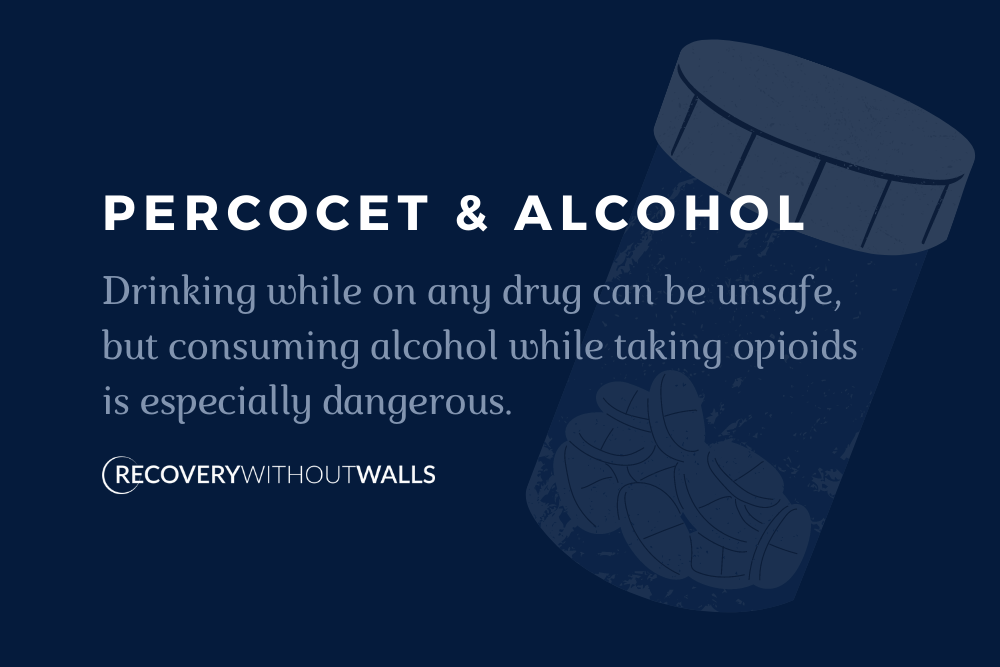
Dealing With Chronic Pain and PTSD
According to the National Center for PTSD, approximately 12 million adults are managing a post-traumatic stress disorder diagnosis each year. The CDC reports that 19.6 million adults suffer from chronic pain. These two diagnoses often overlap, resulting in challenges for those who are struggling. Research has looked at the connection between chronic ailments and trauma-related disorders to determine why these may be related to each other. These studies also suggest potential treatment options to manage symptoms of both disorders.
The Connection Between Pain and Post-Traumatic Stress Disorder
Research shows varying levels of connection between these two diagnoses in the last few years. However, data compiled by the National Center for PTSD estimates that 15% to 35% of patients with chronic pain also have PTSD. These two are closely related for a couple of main reasons. The first is that traumatic events can result in an injury that causes persistent discomfort. A car accident, combat, or natural disasters are all life-altering experiences that can leave someone with lasting physical challenges. This relationship also works in the opposite direction. Trauma symptoms can include reactions to stimuli that cause muscle tension or rapid bodily movements, and if these are repeated over time, they can wear on a person’s musculoskeletal system, resulting in chronic pain.
Challenges in Treating Both Diagnoses
Trauma and stressor-related disorders often result in a loss of interest in activities, depression, and anxiety. One of the challenges of coping with this alongside issues related to an injury is the lack of motivation to engage in treatment. Treating chronic pain often requires consistency in exercise to adequately manage symptoms. PTSD can also reduce sleep quality which can intensify existing ailments because the person’s body does not have the rest needed to recover. Treating any type of long-term discomfort that’s a result of trauma is also difficult because the treatment itself can trigger flashbacks of the events, so these two must be addressed at the same time, rather than separately.
How to Manage Pain and PTSD
Without high levels of support, people are more likely to develop unhealthy coping mechanisms to help with their symptoms. This may include misusing prescription drugs, excessive alcohol consumption, or a combination of the two. By seeking out medical care, those with trauma and pain can learn to cope in productive ways. Professional-level support helps to:
- Address both diagnoses concurrently
- Identify how each disorder may be affecting the other
- Provide close monitoring for any medication-related treatment
- Develop healthy and effective coping skills
- Prevent potential substance misuse
These two diagnoses can be well-managed with the right provider who understands the complexities and relationship between them. However, these are not disorders that anyone should attempt to handle without proper care.
Treatment for Chronic Pain and PTSD
Struggling with chronic pain and a trauma-related disorder can be frustrating, but our team at Recovery Without Walls can provide the professional support you need to heal. Our integrative medicine model emphasizes holistic treatment of injury-related issues without the use of addictive medications. We work to heal the whole person through our services by focusing on your individual emotional, spiritual, and health needs. No two experiences are the same, so we take the time to learn from you to determine what would be the most effective treatment plan. If you need help managing persistent pain and PTSD, contact our California clinic today.




